- Home›
- Healthy Living›
- 7 Amazing Benefits Of Shrimp, Recipes, And Side Effects
7 Amazing Benefits Of Shrimp, Recipes, And Side Effects
By: Priyanka Maheshwari Wed, 04 Oct 2023 4:25:22
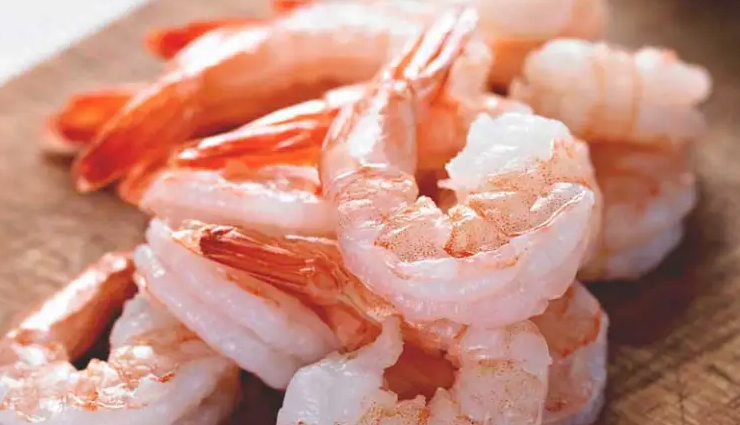
Shrimp, a type of seafood abundant in nutrients, stands as a low-calorie and low-carb option. Packed with a diverse array of vitamins, minerals, proteins, and omega-3 fatty acids, this seafood choice boasts numerous advantages. From facilitating weight loss and decreasing heart disease risk to retarding premature aging, the benefits of shrimp are extensive. It is particularly rich in iodine, a mineral often scarce in various other foods. Moreover, shrimp contains antioxidants that combat inflammation, crucial in lowering the risk of numerous chronic ailments.
This article delves into the nutritional value and facts about shrimp, exploring its health benefits and suggesting ways to seamlessly incorporate it into your diet. Keep reading to discover more.

What Are Shrimps?
Shrimps, decapod crustaceans sporting ten legs and equipped with large compound eyes providing a sweeping view of the ocean, owe their pink and red hues to astaxanthin, a potent antioxidant carotenoid found within them.
Despite common misconceptions, shrimps and prawns are distinct species, belonging to separate categories. Their disparities become apparent in various aspects:
- Size: Shrimps are generally smaller compared to prawns.
- Body Structure: Shrimps possess only one pair of legs, whereas prawns boast three pairs.
- Reproductive Methods: Shrimps carry fertilized eggs internally, while prawns release their eggs into the water.
- Habitat: Shrimps predominantly inhabit marine environments, while prawns are primarily found in freshwater.
However, their nutritional compositions exhibit striking similarities. Both are rich sources of protein, vitamins, and minerals, making them interchangeable in diverse recipes.
Shrimps play a significant role in seafood diets. But what nutritional benefits do they provide? Dive in to explore their nutrient profile and discover what 100 grams (approximately 3.5 ounces) of cooked shrimp encompasses.
Calories - 99 kcal
Protein - 24 g
Carbohydrates - 0.2 g
Total lipids (Fat) - 0.28 g
Potassium - 259 mg
Phosphorus - 237 mg
Magnesium - 39 mg
Sodium - 2.12 mg
Zinc - 1.64 mg
Cholesterol - 189 mg
Shrimps serve as a rich source of essential nutrients including iodine, selenium, and vitamins A, D, E, B1, B2, and B3. Additionally, they contain omega-3 fatty acids such as eicosapentaenoic acid (EPA) and docosahexaenoic acid (DHA).
Although shrimps have elevated cholesterol levels, they are lower than the total cholesterol content in an egg. Interestingly, research indicates that incorporating 300 grams of shrimps into a regular diet can decrease triglyceride (fat) levels by 13%. These findings suggest that moderate shrimp consumption does not adversely affect the overall body fat profile. It's worth noting that the type of dietary fatty acid, rather than the levels of dietary cholesterol, plays a significant role in regulating serum cholesterol levels.
Shrimps are widely favored for their health benefits. According to the 2022 Food and Health Survey conducted by the International Food Information Council, 28% of the 1,005 surveyed Americans aged between 18 and 80 reported consuming shrimp to improve digestive health. Additionally, 39% of respondents consumed shrimp to support cardiovascular health, 32% for immune health, and 44% for weight loss purposes.
The numerous advantages of shrimps stem from their astaxanthin antioxidant content, healthy fats, and essential minerals. These benefits will be explored further in the following section.
Health Benefits Of Shrimps

# Properties Guarding Against Aging and Protecting Skin and Hair
When exposed to the sun's UV rays, the skin is vulnerable to free radicals, hastening the aging process. Research indicates that astaxanthin, a potent antioxidant found in shrimp, can counteract the cell damage triggered by these free radicals. Additionally, astaxanthin boosts the body's natural antioxidant defenses. Shrimps are also rich in trehalose, a sugar variant that shields the skin and hair from UV-induced damage. Moreover, taurine, a protein abundant in shrimp, possesses anti-aging attributes, further enhancing their beneficial properties.

# Potential Aid Against Inflammation
Persistent inflammation induced by oxidative stress heightens the risk of conditions such as neurodegeneration, cancer, and skin disorders. Astaxanthin, known for its ability to reduce oxidative stress, holds promise in managing inflammatory skin conditions like psoriasis and atopic dermatitis. Shrimp also contain glycosaminoglycan, a bioactive compound recognized for its anti-inflammatory properties. It significantly diminishes the influx of inflammatory cells to injury sites. Additionally, shrimps feature an anti-inflammatory peptide called shrimp anti-lipopolysaccharide factor (SALF), a short chain of amino acids used as a potential treatment for urethral, vaginal, cervical, and pelvic inflammatory diseases.
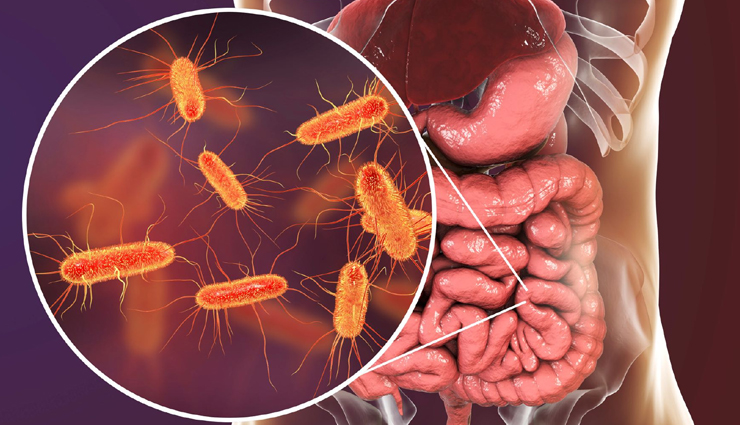
# Potential for Improved Gastrointestinal Health
Shrimp's astaxanthin exhibits antimicrobial properties against H. pylori, a bacteria strain known for causing stomach infections that can harm stomach and intestinal tissues. Studies on rats have demonstrated that oral administration of astaxanthin provides protection against ethanol-induced gastric lesions or injuries.
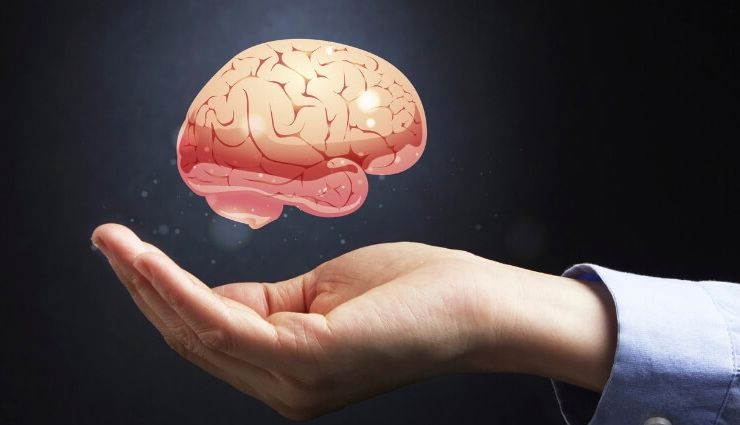
# Possible Enhancement of Brain Function
The brain relies on an intricate network of blood vessels to supply it with oxygen and nutrients. Unfortunately, these brain blood vessels possess fewer antioxidants, rendering them more susceptible to oxidative damage.
Research suggests that shrimp's astaxanthin plays a role in fortifying cell and mitochondrial membranes, safeguarding against oxidative stress-related neurodegenerative conditions, including Parkinson's disease. Furthermore, a study has supported the use of astaxanthin as a complementary therapy for Alzheimer's disease.
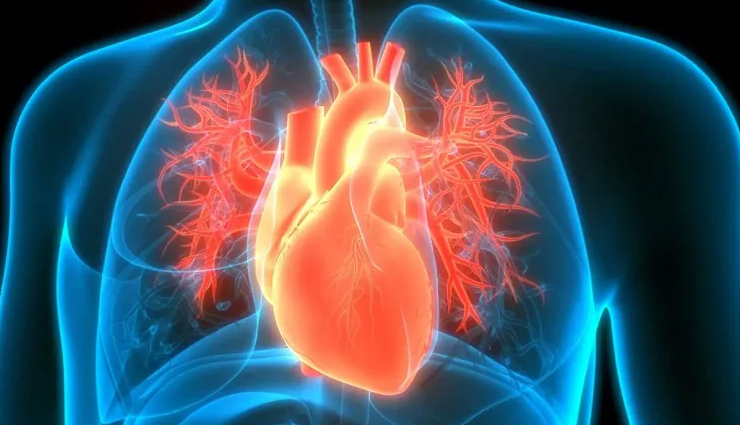
# Potential Support for Cardiovascular Health
Astaxanthin, renowned for its antioxidant properties, holds promise in addressing atherosclerotic cardiovascular disease, characterized by artery thickening. It functions by inhibiting the oxidation of low-density lipoprotein (LDL) cholesterol, potentially preventing arterial plaque buildup. Shrimps, meanwhile, are a valuable source of omega-3 fatty acids, which can substantially reduce the risk of heart disease. The consumption of EPA and DHA (omega-3 fatty acids) has been associated with a 15% and 18% reduction in cardiovascular disease mortality among men and women, respectively.
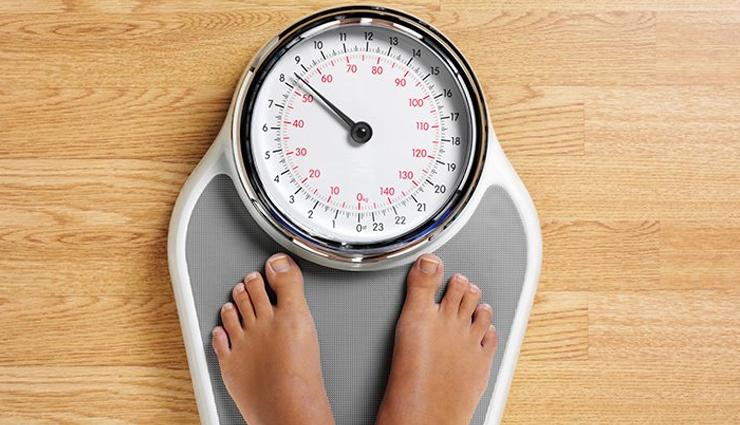
# Possible Aid in Weight Management
Shrimps boast low calorie content and are devoid of carbohydrates. Additionally, their zinc content may contribute to increased leptin levels in the body, potentially curbing overeating. Leptin, a hormone regulating fat and energy storage and utilization, also supports immune function. Shrimps' iodine richness further plays a role in weight regulation by interacting with the thyroid gland, a key player in metabolism and weight control.
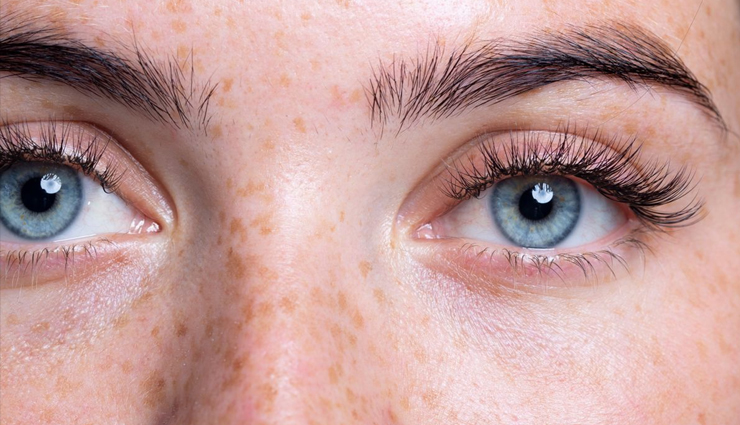
# Potential Vision Protection
Age-related macular degeneration (AMD) stands as a primary cause of profound vision impairment in individuals aged 60 and above. Shrimp heparinoid exhibits properties such as anti-angiogenic (inhibiting new blood vessel formation), anti-inflammatory, and anticoagulant (blood-thinning) effects. These properties suggest its potential in treating neovascular AMD and other conditions characterized by swift blood vessel growth.
Incorporating shrimp into your diet offers various possibilities. Below, we've curated a selection of delectable shrimp recipes for you to experiment with in your home kitchen. Explore them below!
How To Add Shrimps To Your Diet?
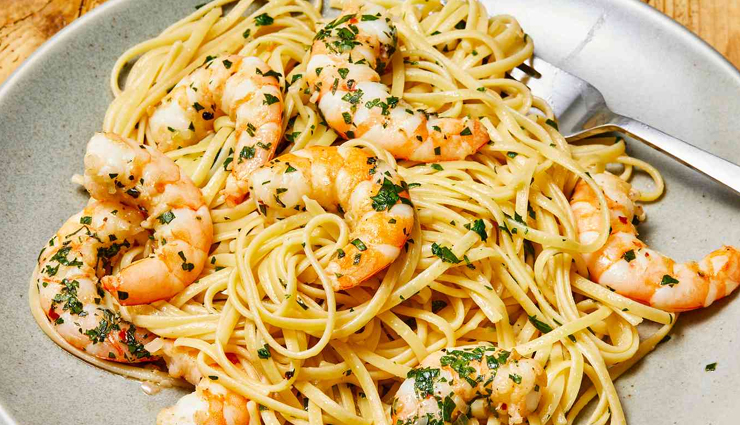
# Shrimp Scampi
Shrimp scampi is a classic Italian-American dish featuring shrimp sautéed in a garlic butter sauce with white wine, lemon juice, and red pepper flakes. It's often served over pasta and garnished with parsley.
Ingredients
1 pound large shrimp, peeled and deveined
Salt and freshly ground black pepper, to taste
8 ounces linguine or spaghetti
3 tablespoons unsalted butter
3 tablespoons olive oil
4 cloves garlic, minced
1/2 teaspoon red pepper flakes (adjust to taste)
1/2 cup chicken broth
Juice of 1 lemon
Zest of 1 lemon
1/4 cup fresh parsley, chopped
Grated Parmesan cheese, for garnish
Lemon wedges, for serving
Method
- Pat the shrimp dry with paper towels. Season with salt and black pepper. Set aside.
- Cook the linguine or spaghetti according to the package instructions until al dente. Drain and set aside.
- In a large skillet, heat 2 tablespoons of butter and 2 tablespoons of olive oil over medium heat. Add the shrimp and cook until they turn pink on both sides, about 2-3 minutes per side. Remove the shrimp from the pan and set aside.
- In the same skillet, add the remaining butter and olive oil. Add minced garlic and red pepper flakes. Sauté for 1-2 minutes until the garlic is fragrant but not browned.
- Pour in the chicken broth, lemon juice, and lemon zest. Bring the mixture to a simmer and let it cook for 2-3 minutes, allowing the flavors to meld.
- Return the cooked shrimp to the skillet. Add the cooked linguine or spaghetti. Toss everything together, ensuring the shrimp and pasta are well coated with the sauce.
- Stir in chopped parsley. Taste and adjust seasoning with salt and pepper if needed.
- Serve the Shrimp Scampi hot, garnished with grated Parmesan cheese. Accompany with lemon wedges for an extra burst of freshness.
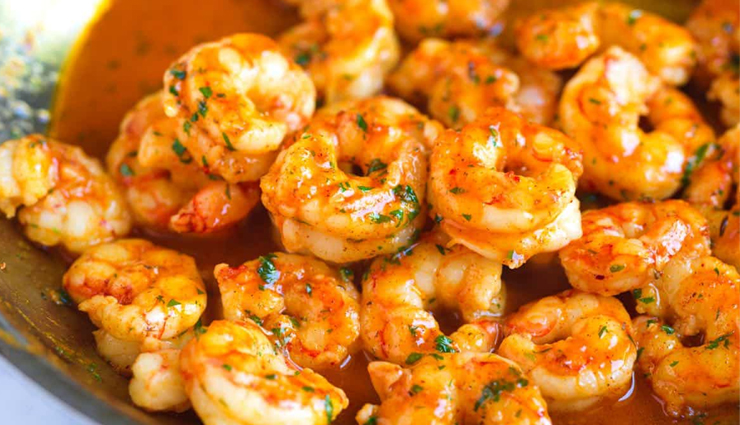
# Garlic Butter Shrimp
Garlic butter shrimp is a simple and flavorful dish where shrimp are cooked in a luscious sauce made with butter, garlic, lemon juice, and herbs like parsley or cilantro. It's perfect for a quick and satisfying meal.
Ingredients
1 pound large shrimp, peeled and deveined
Salt and freshly ground black pepper, to taste
3 tablespoons unsalted butter
4 cloves garlic, minced
1 teaspoon red pepper flakes (adjust to taste)
1 teaspoon paprika
1/4 cup chicken broth or white wine
Juice of 1/2 lemon
2 tablespoons fresh parsley, chopped
Lemon wedges, for serving
Cooked rice, pasta, or crusty bread, for serving
Method
- Pat the shrimp dry with paper towels. Season both sides with salt, black pepper, and paprika. Set aside.
- In a large skillet, melt 2 tablespoons of butter over medium-high heat. Add the shrimp in a single layer. Cook for 1-2 minutes on each side or until they turn pink and opaque. Remove the shrimp from the skillet and set aside.
- In the same skillet, add the remaining butter. Add minced garlic and red pepper flakes. Sauté for 1-2 minutes until the garlic becomes fragrant but not browned.
- Pour in the chicken broth or white wine. Let it simmer for 1-2 minutes, scraping the bottom of the skillet to incorporate the flavorful bits.
- Return the cooked shrimp to the skillet. Toss the shrimp in the garlic butter sauce until they are well coated. Squeeze fresh lemon juice over the shrimp. Taste and adjust salt and pepper as needed.
- Remove the skillet from heat. Sprinkle freshly chopped parsley over the shrimp.
- Serve the Garlic Butter Shrimp hot, over cooked rice, pasta, or with crusty bread to soak up the delicious sauce. Garnish with additional parsley and lemon wedges.
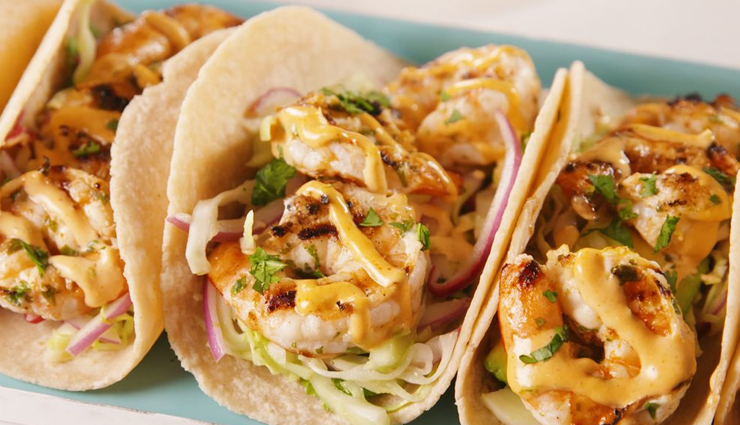
# Shrimp Tacos
Shrimp tacos are a popular Mexican dish where seasoned grilled or sautéed shrimp are served in warm corn tortillas and topped with fresh salsa, avocado, cabbage slaw, and a drizzle of creamy sauce like chipotle mayo or cilantro-lime crema.
For the Shrimp:
1 pound large shrimp, peeled and deveined
2 tablespoons olive oil
1 teaspoon chili powder
1/2 teaspoon cumin
1/2 teaspoon paprika
Salt and freshly ground black pepper, to taste
Juice of 1 lime
For the Slaw:
1 cup cabbage, thinly shredded
1/2 cup red cabbage, thinly shredded
1/4 cup fresh cilantro, chopped
2 tablespoons mayonnaise
Juice of 1/2 lime
Salt and pepper, to taste
For Assembling:
8 small corn or flour tortillas, warmed
Avocado slices
Fresh cilantro leaves
Lime wedges
Hot sauce, optional
Method
- In a bowl, combine shrimp with olive oil, chili powder, cumin, paprika, salt, pepper, and lime juice. Toss well to coat the shrimp evenly. Let it marinate for 15-20 minutes.
- In another bowl, mix the shredded cabbage, red cabbage, cilantro, mayonnaise, lime juice, salt, and pepper. Toss until everything is well combined. Adjust seasoning if needed.
- Heat a skillet over medium-high heat. Add the marinated shrimp and cook for 2-3 minutes per side, or until they turn pink and opaque. Remove from heat and set aside.
- Warm the tortillas in a dry skillet or microwave.
- On each tortilla, place a spoonful of the slaw, followed by a few shrimp.
- Top with avocado slices, fresh cilantro leaves, and a squeeze of lime juice.
- Drizzle with hot sauce if you prefer some heat.
- Serve the shrimp tacos immediately, accompanied by extra lime wedges and hot sauce on the side.
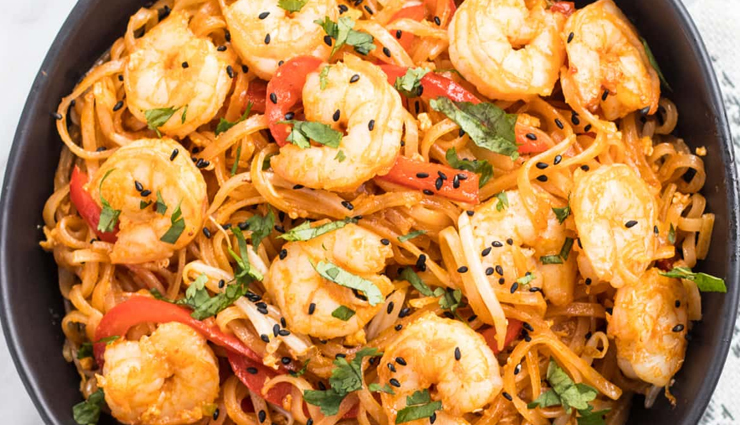
# Shrimp Pad Thai
Shrimp Pad Thai is a famous Thai stir-fried noodle dish that features rice noodles, shrimp, bean sprouts, peanuts, tofu, and scrambled eggs, all tossed in a flavorful sauce made with tamarind paste, fish sauce, and chili paste. It's often garnished with lime wedges and cilantro.
Ingredients
For the Pad Thai Sauce:
3 tablespoons tamarind paste
3 tablespoons fish sauce
2 tablespoons palm sugar (or brown sugar)
1 tablespoon soy sauce
1 teaspoon chili flakes (adjust to taste)
For the Pad Thai:
200g flat rice noodles, soaked in warm water until soft
250g large shrimp, peeled and deveined
2 tablespoons vegetable oil
4 cloves garlic, minced
1 red chili, thinly sliced
2 eggs, beaten
1 cup bean sprouts
1/2 cup chopped green onions
1/4 cup chopped fresh cilantro
Crushed roasted peanuts and lime wedges for garnish
Method
- In a bowl, mix tamarind paste, fish sauce, palm sugar, soy sauce, and chili flakes. Adjust the balance of sweet, salty, and sour flavors to your preference. Set aside.
- Heat a pan over medium-high heat. Add a tablespoon of oil and cook the shrimp until they turn pink and opaque. Remove and set aside.
- In the same pan, add another tablespoon of oil. Sauté garlic and red chili until fragrant.
- Add soaked rice noodles to the pan. Pour the prepared Pad Thai sauce over the noodles. Use tongs to toss and coat the noodles evenly with the sauce.
- Push the noodles to one side of the pan, making space for the eggs. Pour the beaten eggs into the well and scramble until cooked through.
- Mix the scrambled eggs with the noodles. Add cooked shrimp, bean sprouts, and green onions. Toss everything together until well combined.
- Transfer the Pad Thai to serving plates. Garnish with chopped cilantro, crushed roasted peanuts, and lime wedges.
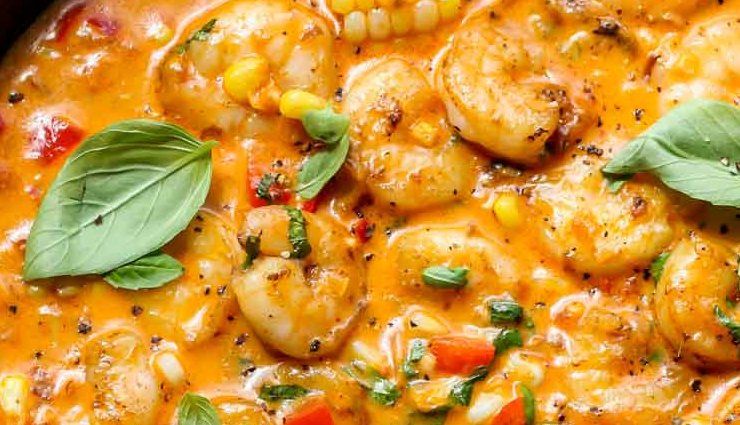
# Coconut Shrimp Curry
Coconut shrimp curry is a delightful dish from Indian cuisine. In this dish, shrimp are cooked in a rich and aromatic curry sauce made with coconut milk, tomatoes, onions, garlic, and a blend of Indian spices. It's typically served with steamed rice or naan bread.
Ingredients
For the Curry:
1 pound large shrimp, peeled and deveined
2 tablespoons vegetable oil
1 large onion, finely chopped
3 cloves garlic, minced
1-inch ginger, grated
2 tablespoons curry powder
1 teaspoon turmeric powder
1 can (14 oz) coconut milk
1 cup vegetable or chicken broth
Salt and freshly ground black pepper, to taste
Fresh cilantro leaves, for garnish
For the Spice Paste:
2-3 red chili peppers, deseeded (adjust to spice preference)
2 cloves garlic
1-inch ginger
1 teaspoon coriander seeds
1 teaspoon cumin seeds
4-5 cashew nuts (optional, for creaminess)
Method
- In a blender, combine red chili peppers, garlic, ginger, coriander seeds, cumin seeds, and cashew nuts. Blend into a smooth paste. Set aside.
- Heat vegetable oil in a large pan over medium heat. Add chopped onions and sauté until translucent. Add minced garlic and grated ginger. Sauté for another minute until aromatic.
- Stir in curry powder and turmeric powder. Cook for a couple of minutes until the spices release their flavors and aroma.
- Add the prepared spice paste to the pan. Cook, stirring continuously, until the oil begins to separate from the paste. This indicates that the spices are well-cooked. Pour in the coconut milk and mix well.
- Add the peeled shrimp to the pan. Pour in the vegetable or chicken broth. Stir gently to combine all ingredients. Season with salt and freshly ground black pepper according to taste.
- Reduce the heat to low and let the curry simmer gently for 8-10 minutes, or until the shrimp are cooked through and have absorbed the flavors of the curry.
- Garnish the Coconut Shrimp Curry with fresh cilantro leaves. Serve the curry hot, preferably over steamed rice or with warm naan bread, allowing the rich, creamy sauce to complement the tender shrimp.
Possible Side Effects
# Potential Allergic Reactions
Tropomyosin, a muscle protein found in shrimp, has been identified as a common trigger for allergic reactions in many individuals. Symptoms often include itching in the mouth and throat, along with swelling of the lips, representing typical signs of such allergies.
The prevalence of shellfish allergy affects approximately 10.3% of the general population. Among the 14,949 Americans surveyed, 2% reported a shellfish allergy, with adults (2.5%) being more affected than children (0.5%). According to research based on electronic health records (EHR) in the US, shellfish allergies (0.9%) topped the list of food allergies, followed closely by peanut allergies (0.5%).
# Possible Contamination with Heavy Metals
Shrimps, being bottom feeders, can accumulate heavy metals from their polluted surroundings, raising concerns about mercury and other metal levels, such as cadmium, in shrimp. However, the majority of shrimp available for consumption are farm-raised, where their nutrition and habitats are meticulously monitored. Consequently, the risk of mercury contamination in these shrimps remains low. Nonetheless, it is advisable to maintain a balanced intake of shrimp to err on the side of caution.





